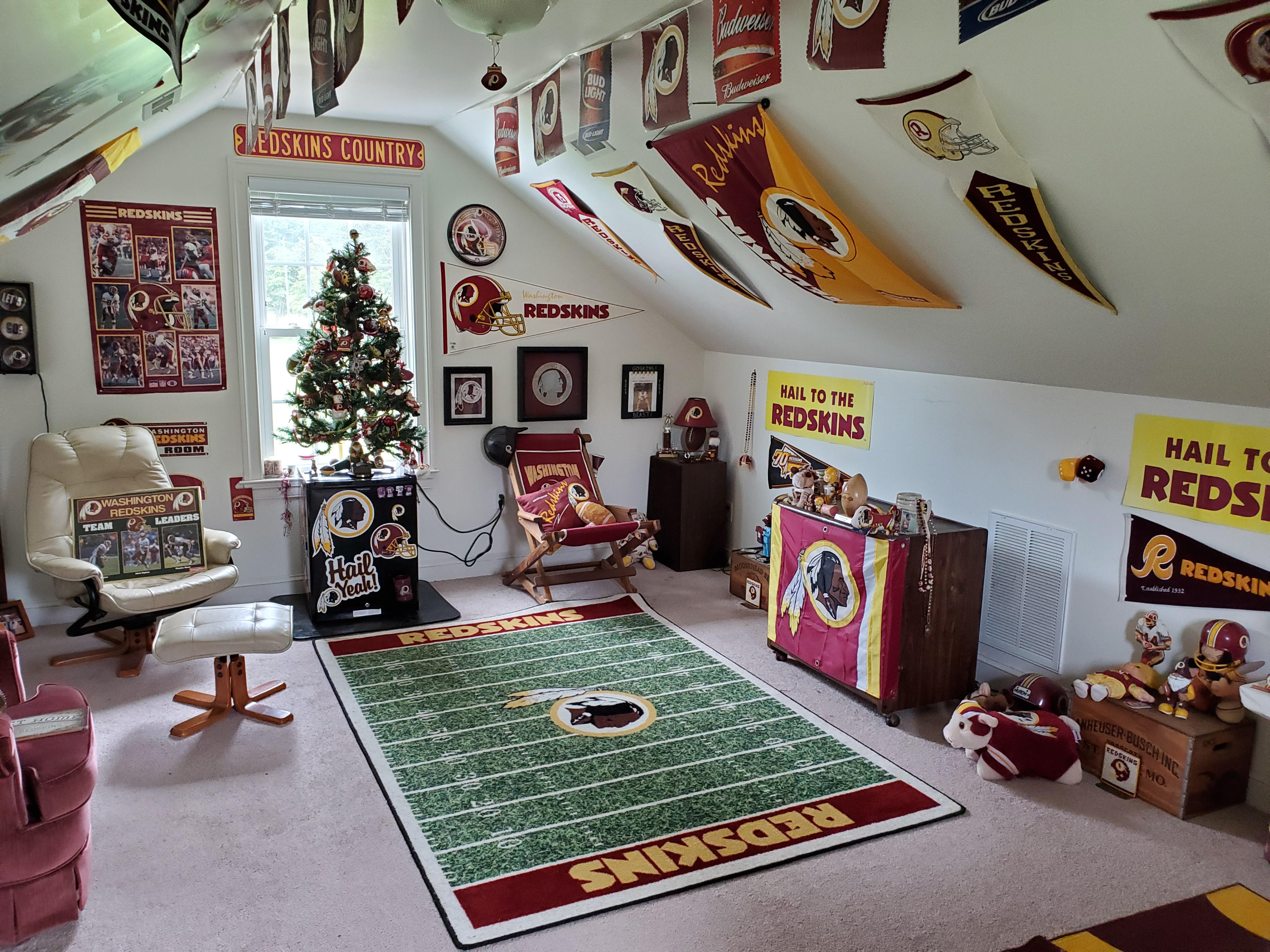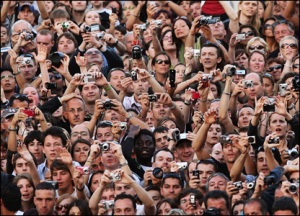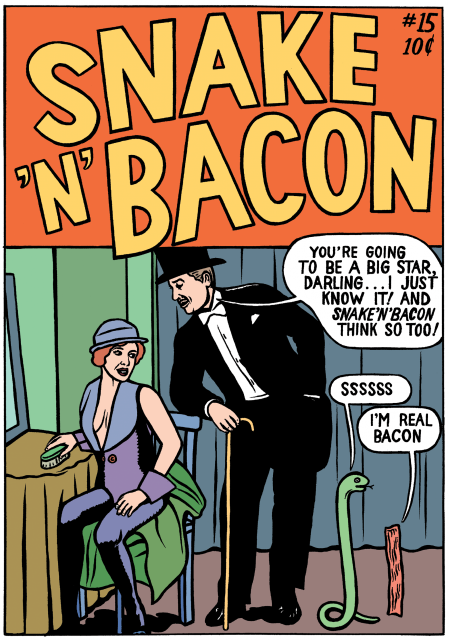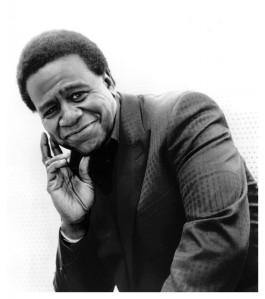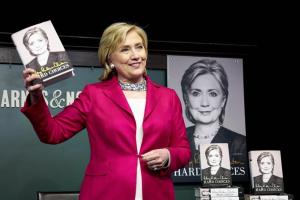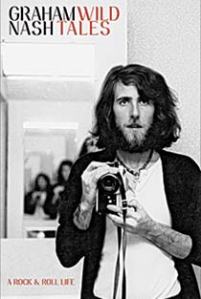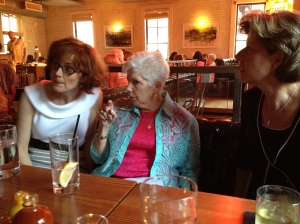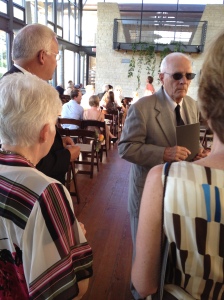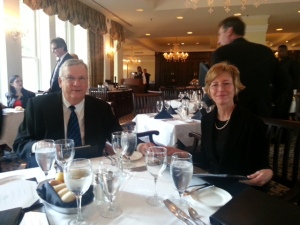
Have you noticed that around Super Bowl time, each year more and more advertisers refer to the National Football League championship as “the Big Game”? Why don’t they just call it “the Super Bowl,” as I do? Super Bowl, Super Bowl, Super Bowl — see, that wasn’t so hard! But as with many other wonderments in this old world, the answer is simple. Money.
“Super Bowl” is a registered trademark of the NFL, which also owns the copyright to the televised broadcast of the game. Technically I just infringed, but I’m unlikely to incite the bother of a cease-and-desist letter because I’m not trying to use the trademark to make money. (A pedant would refer to it as Super Bowl®.)
It costs a metric ton of moolah to buy a sponsorship before the year’s largest television audience. If you’ve ponied up, the NFL allows you, and the tv network which has paid double-dearly to air the game that year, to use the trademark. But no non-sponsoring business legally may. This year the Super Bowl was on CBS, which allowed the network’s late-night host Stephen Colbert to use the name with a mischievous grin. Back in 2014, when he played a conservative blowhard on Comedy Central’s THE COLBERT REPORT, his writers satirized this protectiveness by creating an impish workaround and raising some hoopla over an exemplary nocturnal avian, the “Superb Owl.” (Official hashtag: #SUPERBOWL.)

The NFL fiercely protects the exclusivity for which sponsors pay so dearly. By now enough C&D letters have gone out, and actual lawsuits been brought, that businesses everywhere have gotten the message — and each year it becomes ever more obvious that infringing on the league’s property is a no-no. So if you want to sell furniture or promote a happy hour around the game, you have to come up with some other way to refer to it, like “the NFL championship” or, increasingly, the “Big Game.“ Everybody knows what you mean, which is the whole joke behind Colbert’s “Superb Owl,” especially if you add pretentious Roman numerals.
One of the most historically litigious guys in America is the loser of the 2020 presidential election. He doesn’t win all that often, but he sues his ass off. His latest antic was sending C&Ds to the Republican National Committee and a slew of other GOP groups about two weeks ago, demanding they “immediately cease and desist the unauthorized use of [the loser]’s name, image, and/or likeness in all fundraising, persuasion, and/or issue speech.” Setting aside the fact that the former POTUS is a public figure who is not protected by trademark law, the demand is equally laughable because his own unsuccessful re-election campaign had received a torrent of C&Ds demanding that he quit using copyrighted music recordings without permission at his rallies. They were all ignored.
If you want to behold some expert sponsorship, check out NASCAR®, which is the registered trademark of the National Association For Stock Car Auto Racing, LLC. (It’s an acronym and should get all capitals — unlike Fox, which is frequently printed in caps by rabid fans but is nothing grander than the founder’s last name. They’re just used to seeing it displayed that way. It’s the KISS effect.) I used to do books with NASCAR a while ago, and they are a rights lawyer’s fever dream.

First, if you’ve ever seen a NASCAR racing vehicle, you know that every square inch is covered with logos and ads. (For fun, watch as the PGA Tour slowly catches on.) Auto racing is a very expensive business and sponsors are more than coveted, they’re necessary. But the driver’s sponsors are just the front-facing part that the fans can see. Underneath, the NASCAR universe is a dizzying set of interrelated agreements. NASCAR itself has sponsors. (I guess HarperCollins was the Official Book Publisher.) The individual racetracks, which are separate businesses, have their own sponsors too. So, just making this up, a Coke driver could be competing under a Pepsi organization on a Mountain Dew track. Depending on who’s paying for the photos, sometimes you have to do your best to, er, feature. They’ve worked this out after years of experience, and you have to tip your hat: NASCAR magically keeps it all straight.
Sometimes trademark protection can slip away from you, particularly where there is competition involved. It could even happen to “Super Bowl” were it not so zealously guarded. Among the registered trademarks which have fallen into generic use under US law are Aspirin (originally owned by Bayer), Cellophane (DuPont), Escalator (Otis Elevator), Laundromat (Westinghouse), TV Dinner (Swanson), Videotape (Ampex), Yo-Yo (Duncan), and Zipper (Universal Fastener). They could be joined by the likes of Jell-O (Kraft Heinz) and Kleenex (Kimberly-Clark) if they’re not careful. I remember from my advertising days the clever campaign that Xerox ran in Ad Age magazine to encourage proper use: “When you use ‘xerox’ the way you use ‘aspirin,’ we get a headache.”
Which leads us to another pair of trademarks that are holding on by their fingernails because everybody uses them without attribution. In this weirdly scheduled year, we’re now about halfway between the, uh, Big Game and the, uh, movie industry’s annual prize ceremony. I refer of course to the Academy Awards®, where each winner receives an Academy Award®, a statuette also known as an Oscar®. All are registered trademarks and service marks of the Academy Of Motion Picture Arts & Sciences, which means to keep it that way.
AMPAS and its, uh, Big Evening are creations of the movie studios themselves. So while it may not even occur to most folks — even most mass media — that the terms are protected by law, look closely at the fine print on the home video packaging of any AMPAS-honored film. The studios, which after all are the ones who published your video, never forget that legal disclaimer. It prevents my old grade school, Norfolk Academy, from bestowing its own Academy Awards, or your plumber from promoting his Oscar-quality snaking skills. Of course, neither can the Academy proclaim its annual throwdown “the Super Bowl of awards shows.” It’ll have to be “the NFL championship of awards shows.” But that just doesn’t have the same ring to it.




 Posted by Tom Dupree
Posted by Tom Dupree 
